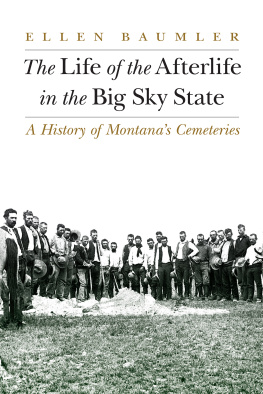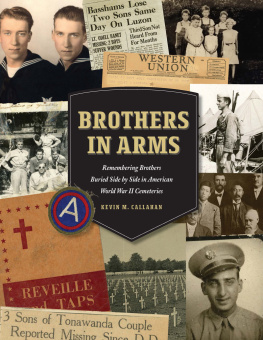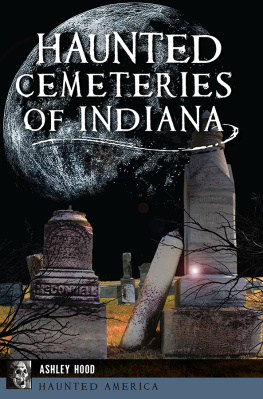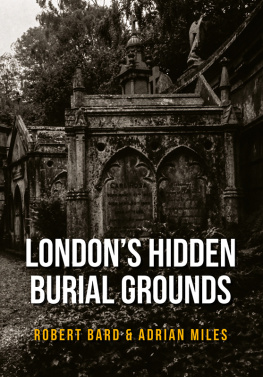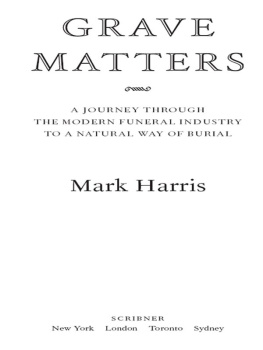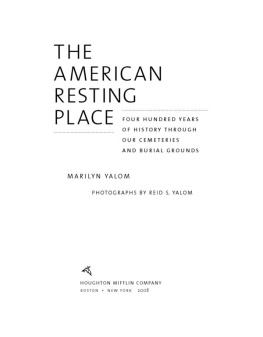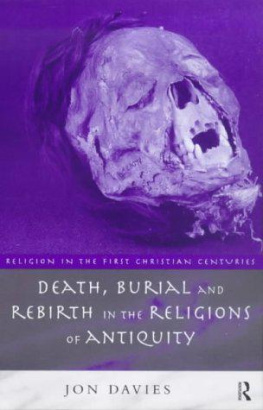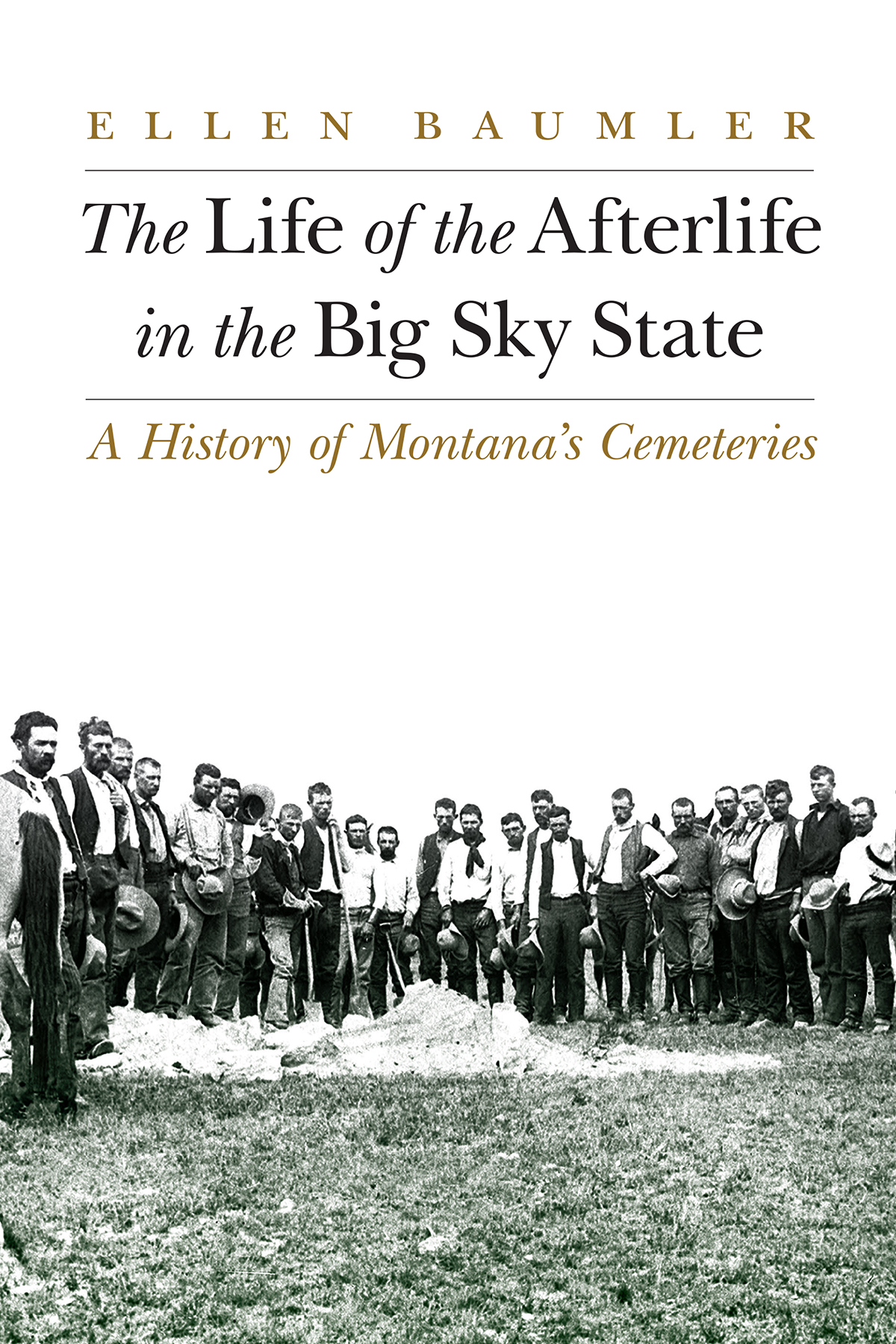
Ellen has been called a rock star of history in honor of her love of historical places and her long-standing commitment to telling the stories of our past in ways that make history accessible to all.
Montana Preservation Alliance, Individual Achievement Award
A prolific and talented writer with the rare ability to author scrupulously researched yet broadly appealing publications.
Montana Historical Society staff tribute
[Ellen Baumler] has made history come alive for young and old. When history calls, Ellen listens.
Montana Governors Award for Excellence

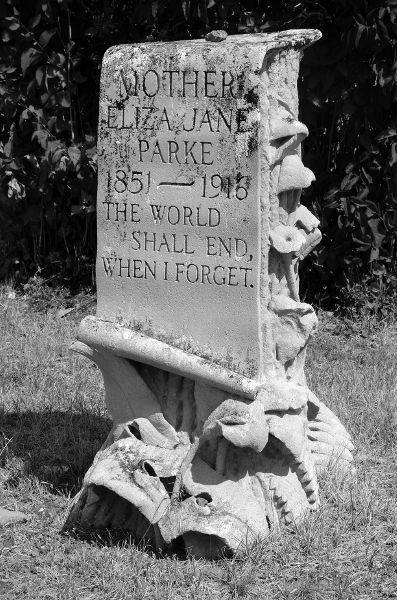
The Life of the Afterlife in the Big Sky State
A History of Montanas Cemeteries
Ellen Baumler
University of Nebraska Press | Lincoln
2021 by the Board of Regents of the University of Nebraska
Cover designed by University of Nebraska Press; cover image is from the interior.
Acknowledgments for the use of copyrighted material appear in , which constitutes an extension of the copyright page.
All rights reserved.
Publication of this book is made possible in part by generous support from the Montana History Foundation.

Library of Congress Cataloging-in-Publication Data
Names: Baumler, Ellen, author.
Title: The life of the afterlife in the Big Sky State : a history of Montanas cemeteries / Ellen B. Baumler.
Other titles: History of Montanas cemeteries
Description: Lincoln : University of Nebraska Press, [2021] | Includes bibliographical references and index.
Identifiers: LCCN 2020041728
ISBN 9781496214805 (paperback)
ISBN 9781496226938 (epub)
ISBN 9781496226952 (pdf)
Subjects: LCSH : CemeteriesMontanaHistory. | Funeral rites and ceremoniesMontanaHistory. | BurialMontanaHistory.
Classification: LCC GT 3210. M 9 B 38 2021 | DDC 393.09786dc23
LC record available at https://lccn.loc.gov/2020041728
Frontispiece: An open scroll and lilies winding around a tree trunk ornament the tombstone of Eliza Jane Parke at Hillside Cemetery in Virginia City. Photograph by Larry Goldsmith.
The publisher does not have any control over and does not assume any responsibility for author or third-party websites or their content.
What is life? It is the flash of a firefly in the night. It is the breath of a buffalo in the wintertime. It is the little shadow that runs across the grass and loses itself in the sunset.
Isapo-Muxika (Crowfoot), Siksika chief (183090)
Contents
Nothing awakens our senses like a walk through a cemetery. Whether those who sleep in eternal rest are family, or friends, or strangers, cemeteries capture the most powerful human expressions of love, of loss, and of harsh reality. Cemeteries are extraordinary tools that teach us about life, its richness, its shortcomings, its dangers, and its lofty emotions. Cemeteries can be compelling and evocative for their exquisite, haunting beauty, but they can also represent stark, painful, ugly truths.
I have always enjoyed cemeteries for their solitude, their diversity, and the stories I can learn from them. However, the opportunity to research, write, and teach about them did not present itself until some thirty years ago when my career as a Montana historian led me to interpret such places. Since then, I have authored National Register of Historic Places nominations and interpretive plaques for cemeteries across Montana. I have written stories about them, and I have led hundreds of enthusiastic locals and visitors of all ages on many cemetery tours in various communities. I have encountered firsthand profound energy in places of the dead and observed how this energy influences and sometimes energizes the living. I have also experienced heavy sadness in places that have been ignored and neglected.
The Life of the Afterlife is about Montanas beautiful, tended cemeteries where we can experience art and history, and about how we remember those whose footprints survive only in our memories: a childs chair carved in marble, a lamb resting on a bed of stone, a childs portrait looking over a final resting place, eternally preserved yet hauntingly vibrant. White crosses on the highways, the Granite Mountain memorial with its lovely and terrible facsimiles, and the tearstained Face on the Rims overlooking Billings speak to remembrance. But the chapters herein are also about the lost, the missing, the misplaced, and the rediscovered that I have encountered along the varied pathways of my career.
I learned firsthand about the missing and misplaced when I wrote about Celestia Alice Earp in Beyond Spirit Tailings in 2005. She was shot five times as she rode a stage from Red Bluff to Virginia City trying to escape a spurned suitor. He was subsequently hanged for her murder. I never discovered where she was buried even though her death was well covered in the press.
Celestia lingered in agony, fully conscious, for many hours. She settled her affairs and requested burial in Ohio next to her husband, Richard. There is, however, no record of her interment there. During territorial days, marked graves were not the norm, and this is a case in point. There were no tombstone makers in Montana until the late 1870s. Tombstones had to be ordered by mail from the local hardware store. Further, until the advent of the Northern Pacific Railway in 1883, freighting was prohibitively expensive, especially for heavy items like marble, and transit took months.
Nearly a century after Celestias death in 1965, a Main Street business in Bozeman was undergoing some renovations. Owners had long been aware of an odd protrusion in the basement floor. During installation of some new plumbing, the bump in the floor turned out to be Celestias marble tombstone. A fire in the mid-1880s had destroyed a hardware store on the site and the heavy tombstone must have fallen through the floor to the basement. Celestias sister, her only relative in Montana, had returned to Ohio by the end of 1881, and the tombstone went unclaimed. The epitaph read:
C E L E S T I A
Wife of
RICHARD J. EARP
Died
Mar. 26, 1881
Aged
32 Y . 12 D .
Dearest Celestia thou has left us
Here thy loss we deeply feel
But tis God that hath bereft us
He can all our sorrows heal
The tombstone found its way into the Caroline McGill collection, which eventually became the foundation for the Museum of the Rockies. At some point, the tombstone was either lost or misplaced. The location of Celestias final resting place, whether in Montana or in Ohio, remains speculative, although since the tombstone ended up in Montana, that is likely where she was buried.
Families sometimes replace old tombstones and they become decorations in rock gardens or steppingstones in backyards. Sometimes tombstones are discarded when development encroaches. Occasionally a found marker can be returned to its intended place. I once had a call about a missing tombstone discovered in an alley on Helenas West Side. Research into the name and date of death on the marker led me to the Home of Peace, Helenas historic Jewish cemetery. In the 1930s, the local newspaper reported that the cemetery had been vandalized and this tombstone stolen. Because the cemetery caretakers kept careful plot maps (not always the case), the persons grave was located and the tombstone, missing for more than half a century, was reset in its rightful place.
Next page
